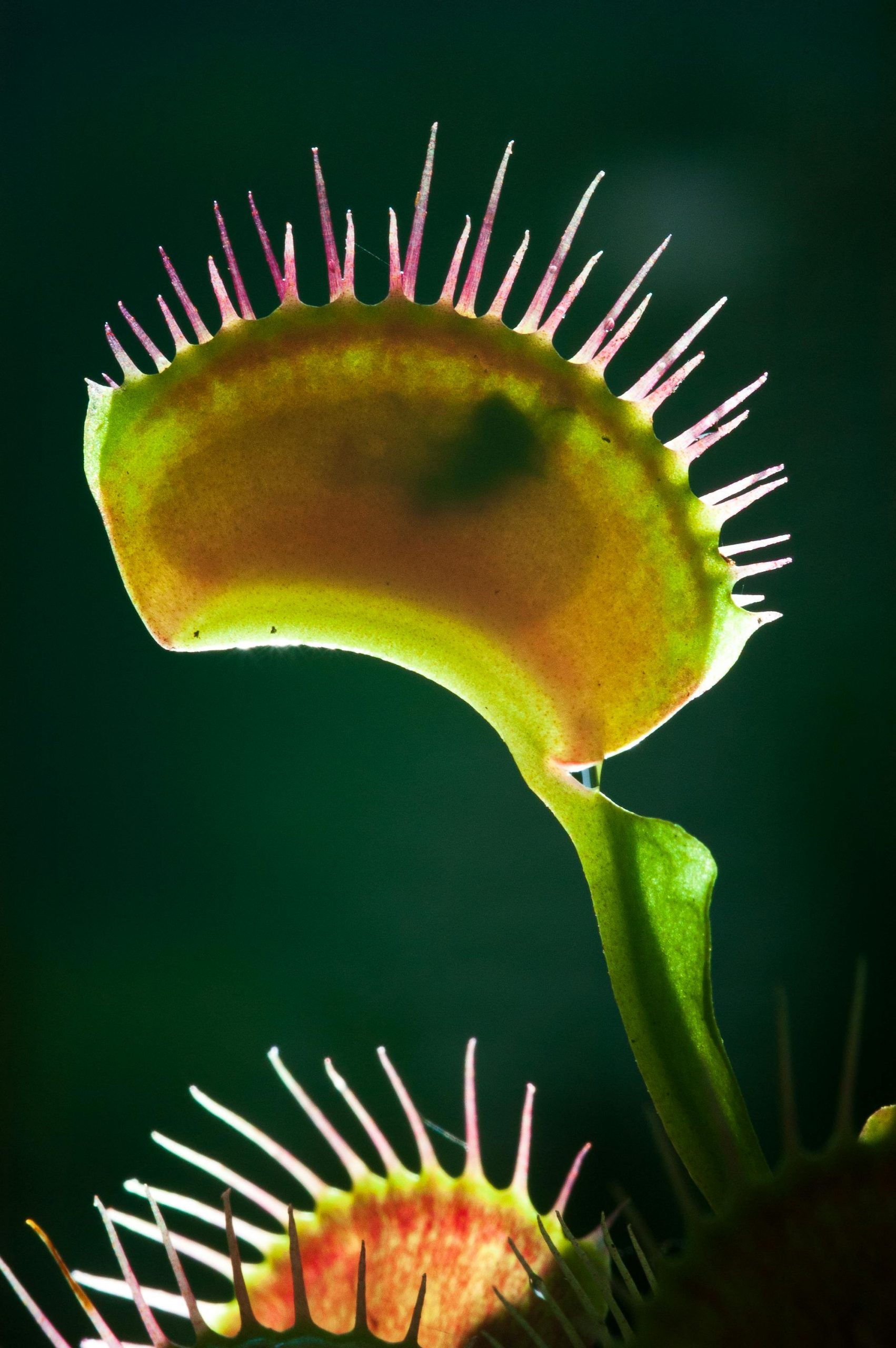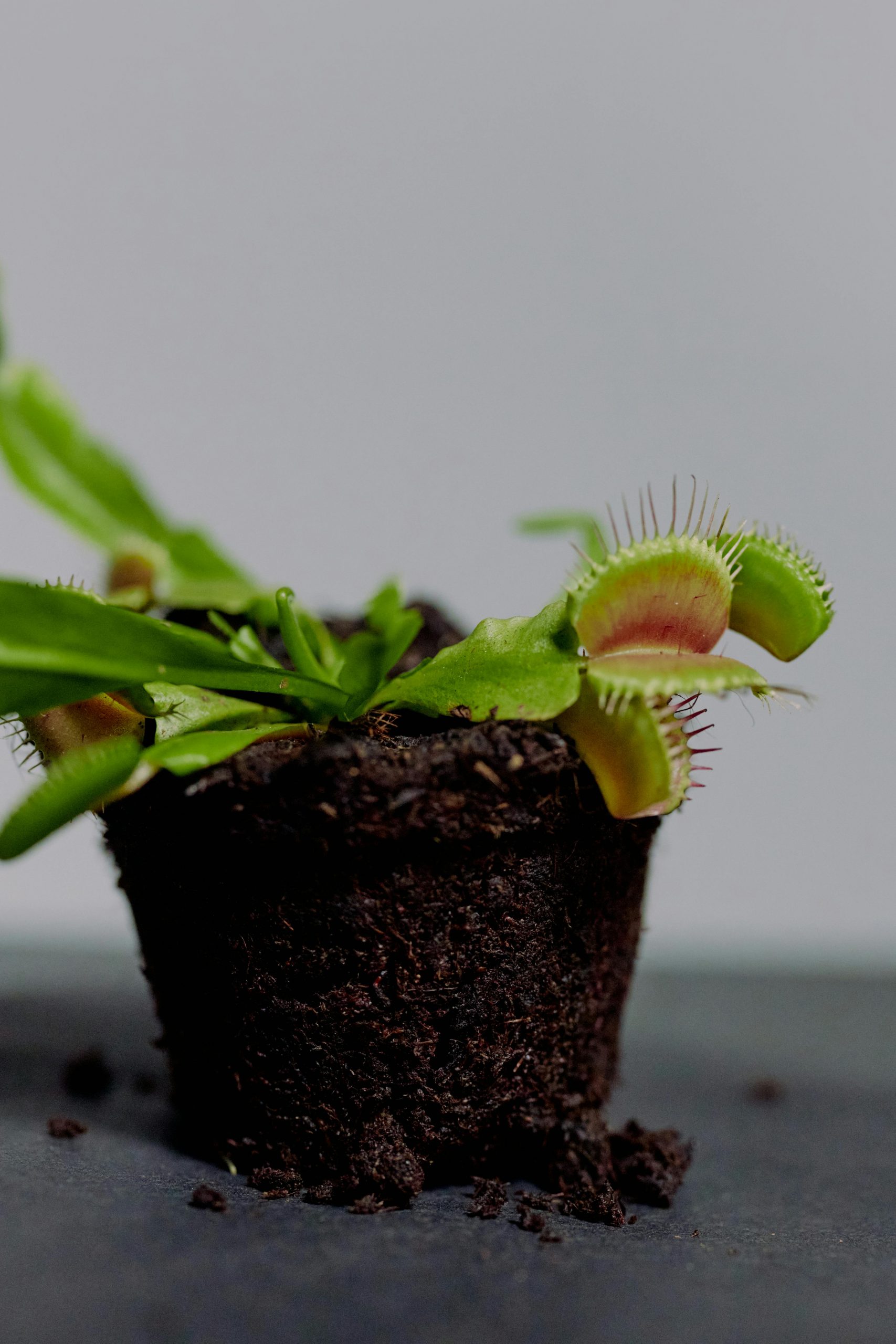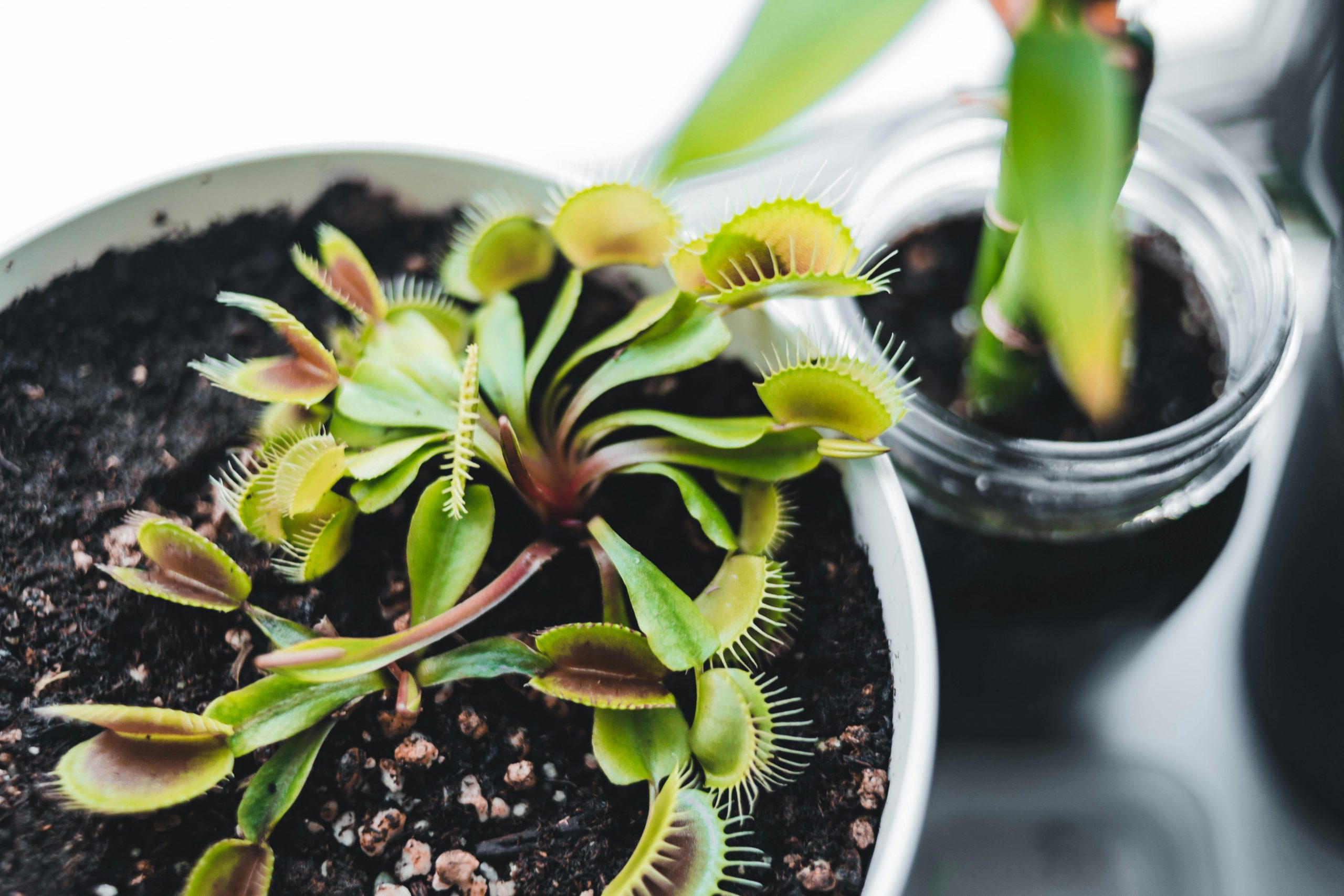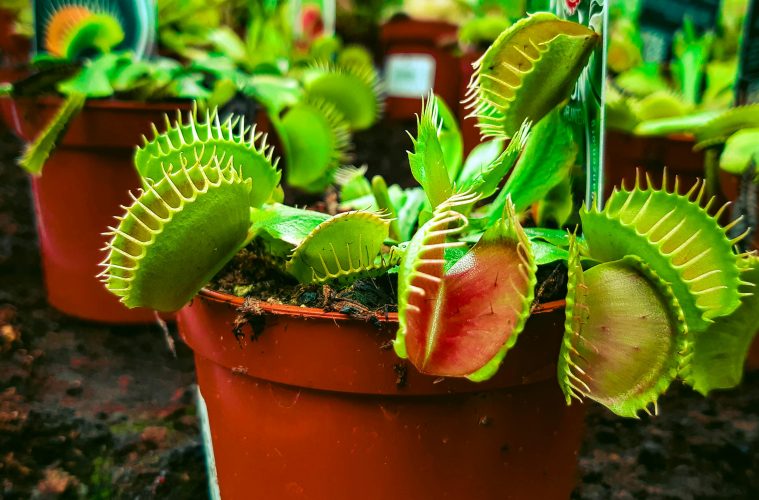The Venus flytrap is a perennial carnivorous plant, a member of the sundew family, known for consuming small insects. Plant owners grow these houseplants in parts because of their unique and eye-catching look, but mostly because of what it does.
Notoriously known to be difficult to care for, these fickle moisture-lovers can still thrive in your home with the proper knowledge and care. This is everything you need to know about the Venus flytrap.
Growing the Venus flytrap
Venus flytrap grows in a narrow geographic range. When growing the plant, it can have many leaves arising from the flat stems of the plant. These leaf/trap usually consist of two lip-like lobes united by a hinge. When growing the plants, the Venus flytraps need direct sunlight for healthy growth. If you’re growing your plant indoors, select an area that is bright and sunny. Insufficient sunlight will cause your flytrap’s leaves to become weak and spindly. Most forms of the Venus Flytrap will tell you they’re receiving sufficient sunlight by turning the insides of their traps red. Growing is relatively easier than caring.

Image Credit: Pexels
Venus flytrap care
The houseplant is more convenient to grow indoors, but it does require specific conditions. On top of light being a major factor, be sure it is placed in locations where there is ample sunlight. It is also better to water your Venus flytrap with rainwater than tap water. Alternatively, you can also use distilled water. One thing you need to note is to avoid watering from the top of the pot, and instead, opt to place your Venus flytrap’s pot into a small dish of water. On top of noting the watering requirements, these plants also prefer humid environments with good air flow. Consider using a humidifier around the space and running a small fan to keep air moving.

Image Credit: Pexels
Always use a compost mixture for your Venus Flytraps with mixed excellent ready-made soil. Do not fertilise the houseplants as they perform best in soil that is low in nutrients. These plants get all of their necessary nutrition from sunlight and from the insects they consume. Fertilisers are usually harsh and loaded with chemicals, and may destroy these delicate plants.
When grown indoors, which is more common, you may need to provide the plant with some meals. This is because the Venus flytrap won’t consume insects until they’re healthy and have all of their needs met. You should focus on creating the right growing conditions for a healthy Venus flytrap.

Image Credit: Pexels
ALSE SEE: KEEP YOUR HOME FLY-FREE THIS SUMMER WITH THESE NATURAL REPELLENTS
Keep your home fly-free this Summer with these natural repellents
Feature Image:

